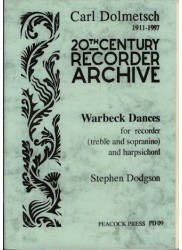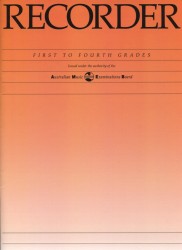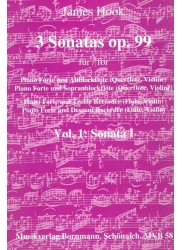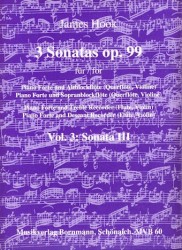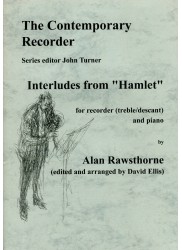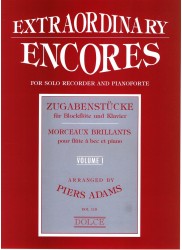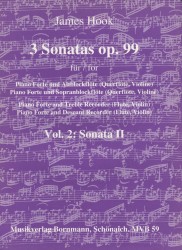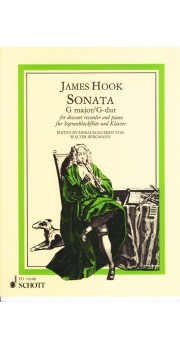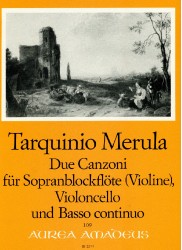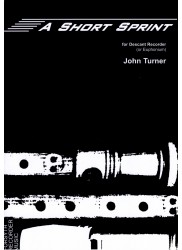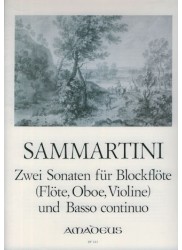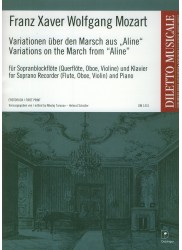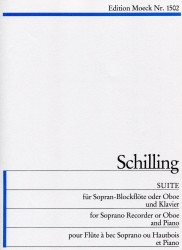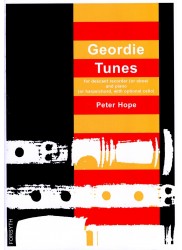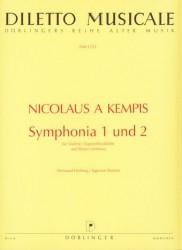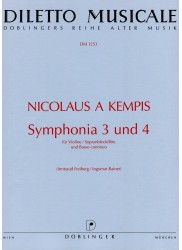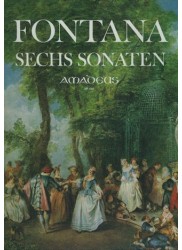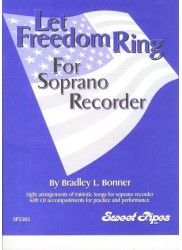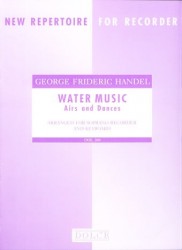No products
Prices are tax included
Sonatina
OMP153.pdf
PLEASE NOTE - DOWNLOADABLE PDF VERSION
Period/genre: Contemporary
Grade: Difficult
More info
*Contemporary Piece.* Attractive whole-tone piece with some interesting variety.
1. Allegro
2. Andante
3. Allegro con brio
Please note that due to the automated delivery of virtual products including pdf downloads, PayPal payment is required at the checkout - we are unable to accept the cheque payment method for these items.
_Score 7 pp. Part 4 pp. Downloadable PDF file._
OMP153 John Hardy Sonatina
OMP154 John Hardy Sonata
In these two pieces, Australian composer John Hardy (b. 1963) has restricted himself to the whole-tone scale for both melodic and harmonic material - and, in so doing, has perhaps risked setting the listener adrift in a musical sphere void of the harmonic tensions and landmarks to which tonal music has accustomed us. His idiom might be considered a form of scalar and harmonic minimalism.
In remarks accompanying the Sonatina, the composer in fact states that this soundscape is evocative of the Australian desert, "which...seems stark and inhospitable at first, but soon reveals its own special set of mysteries..." In his Twentieth-Century Harmony (1960), Vincent Persichetti cautions that "The true value of the whole-tone scale lies in the contrast it provides when it is used in combination with other scales and techniques."
The two versions of the wholetone scale are c-d-e-f#-g#-a#-c, and c#-d#-f-g-a-b-c#. Because the scales are symmetrical, the listener has no sense of tonic, and, without recurring rhythms, metric shifts and well-defined form, is liable to feel disoriented and ultimately bored. Hardy opposes the two scales from movement to movement, but never within a movement. With respect to holding our attention, he goes out on a limb, to some degree.
Hardy relies heavily on motivic economy, contrast, and formal re-iteration. Motivic interplay between the instruments abounds. Driving syncopations and off-beat accompaniment patterns engage the listener viscerally in the quick movements. Hardy avoids chordal accompaniment; chords derived from the whole-tone scale are inherently augmented in structure.
Without contrast to chords of other quality, tedium can take hold. The preponderant texture of the piano is two-part, and where the texture thickens, the recorder is well up in the range where it can hold its own. The composer could have offered more contrast in texture by thickening in passages where the recorder is tacit.
The publisher's web site rates both works as moderately challenging - way off the mark with respect to the Sonata, which is very demanding of soloist and accompanist alike. Highly disjunct melodic writing is the chief complication. Both the Sonata and Sonatina exceed the conventional recorder compass, and a number of slurred notes are unfeasible. Alternative fingerings are frequently warranted in brisk passages.
By convention, an accidental is not given next to a note that has been so inflected previously in a given bar. However, this practice does not lend itself to non-diatonic music. For ease of assimilation, the publisher could have applied accidentals throughout.
Orpheus Music has a catalog of over 200 pieces, the Majority of which are contemporary. Both of the works under discussion are available in PDF format from the publisher's web site.
From the pianist's point of view, an unbound format is more practical, since it eliminates difficult page turns. The score's narrow margins, and a staff width of only six millimeters, produces an overall cramped appearance.
By contrast, the recorder parts are easily-read, and page turns can be effected at leisure. The hard copy is simply staple-bound and will likely fall apart quickly.
At the time of writing, the Sonatina is incorrectly listed as "Sonata" on the web site. The composer's biography, as well as program notes supporting the exclusive use of the wholetone scale, appear at the end of the Sonatina score, but not in the Sonata.
These pieces are not liable to win over players or audiences immediately. This is true particularly of the four movement Sonata; at over 15' in duration, it could produce a severe wholetone allergic reaction. The Sonatina comes to about half the Sonata's duration. At roughly 2', the Sonatina's slow movement is terse, yet appealingly lyrical. Its merits might have been set in greater relief, had the surrounding movements not also been whole-tone.
Once technical obstacles are surmounted, these pieces may begin to ingratiate themselves to players. Audiences may require a few hearings before the music begins to deliver.
Those who find appeal in these pieces may also enjoy Claude Debussy's "Voiles" in his First Book of Preludes (~4') which, although predominantly whole-tone, does contain traces of pentatonicism and chromaticism.
Anthony St. Pierre, of Toronto, ON, American Recorder, January 2012
30 other products in the same category:
Reference: P085
Brand: Peacock Press
Come and Play Book 2
Composer: Hand - Colin Instrumentation: Descant or Tenor + Piano...
In StockReference: P126
Brand: Peacock Press
Come and Play Book 4
Composer: Hand - Colin Instrumentation: Descant or Tenor + Piano...
In StockReference: P125
Brand: Peacock Press
Four Rounds
Composer: Hand - Colin (Words: Donald Mattam) Instrumentation: Descant or...
In StockReference: M1519
Brand: Moeck
Illustrations incidental to JS Bachs Aria
Composer: Kraus - Eberhard (inspired by Bach) Instrumentation: Descant or...
In StockReference: M1144
Brand: Moeck
Playford Dances and Carolan Tunes: Old Popular Dances and Melodies from the...
Composer: Playford/O'Carolan Arranger: Nickolau Newerkla Instrumentation:...
In StockReference: Z14136
Brand: Editio Musica Budapest
Baroque Masters of Variation
Composer: Various composers (listed in Long Description) Instrumentation:...
In StockReference: Z14160
Brand: Editio Musica Budapest
Dances and Country Dances for Melody Instrument from the collection of Antony...
Composer: Anonymous (Not known) Arranger: Janos Bali Instrumentation:...
In StockReference: LPMEM02
Brand: London Pro Musica
Twenty-one Masque Dances
Composer: Anonymous (Not specified) Arranger: Bernard Thomas and Peter Walls...
In StockReference: OFB179
Brand: Schott
Moon Time [Mondzeit]: 7 pieces for recorder and guitar
Composer: Regner - Hermann Arranger Guitar part: Hans Bruderl...
In StockReference: PD09
Brand: Peacock Press
Warbeck Dances
Composer: Stephen Dodgson Instrumentation: Descant or Treble + Harpsichord...
In StockReference: 1203017039
Brand: All Music Publishing
Recorder Grade Book First to Fourth Grades
Composer: Various composers Instrumentation: Descant or Treble + Piano...
In StockReference: MVB058
Brand: Bornmann
Three Sonatas Op 99, Vol 1 Sonata 1
Composer: Hook - James Arranger: Johannes Bornmann Instrumentation: Descant...
In StockReference: MVB060
Brand: Bornmann
3 Sonatas (Op 99): Vol 3, Sonata 3
Composer: Hook - James Arranger: Johannes Bornmann Instrumentation: Descant...
In StockReference: PJT044
Brand: Peacock Press
Interludes from "Hamlet"
Composer: Rawsthorne - Alan Arranger: David Ellis Instrumentation: Descant...
In StockReference: DOL119
Brand: Dolce
Extraordinary Encores
Composer: Various (listed in Long Description) Arranger: Piers Adams...
In StockReference: MVB059
Brand: Bornmann
3 Sonatas (Op 99): Vol 2, Sonata 2
Composer: Hook - James Arranger: Johannes Bornmann Instrumentation: Descant...
In StockReference: ED10108
Brand: Schott
Sonata in G Major
Composer: Hook - James Arranger: Walter Bergmann Instrumentation: Descant...
In StockReference: BP810
Brand: Amadeus
Two Sonatas for Flute and Basso Continuo
Composer: Vinci - Leonardo Arranger: Kurt Meier Instrumentation: Descant...
In StockReference: BP2244
Brand: Amadeus
Due Canzoni
Composer: Merula - Tarquinio Arranger: Martin Nitz Instrumentation: Descant...
In StockReference: FTJ05
Brand: Forsyth
A Short Sprint
Composer: Turner - John Instrumentation: Descant (or Euphonium) + Piano...
In StockReference: BP443
Brand: Amadeus
Two Sonatas
Composer: Sammartini - Giuseppe Arranger: Bernhard Pauler & Willy Hess...
In StockReference: PJT082
Brand: Peacock Press
Sonatina alla Fantasia
Composer: Smith - Roy Heaton Arranger: John Turner Instrumentation: Descant...
In StockReference: DM1431
Brand: Doblinger
Variations on the March from "Aline"
Composer: Mozart - Franz Xavier Wolfgang Arranger: Nikolaj Tarasov - Helmut...
In StockReference: FHP04
Brand: Forsyth
Geordie Tunes
Composer: Hope - Peter Instrumentation: Descant (or Oboe) + Piano (or...
In StockReference: DM1252
Brand: Doblinger
Symphonia 1 and 2
Composer: Kempis - Nicolaus a Arranger: Ingomar Rainer & Irmtraud Freiberg...
In StockReference: DM1253
Brand: Doblinger
Symphonia 3 und 4
Composer: Kempis - Nicolaus a Arranger: Irmtraut Freiberg & Ingomar Rainer...
In StockReference: BP466
Brand: Amadeus
Six Sonatas for Violin or Recorder and Basso Continuo
Composer: Fontana - Giovanni Battista Arranger: Brigitte - Muiller-Reuter...
In StockReference: SP2383
Brand: Sweet Pipes
Let Freedom Ring
Composer: Bonner - Bradley Instrumentation: Descant + CD Period/genre:...
Out of stockReference: DOL269
Brand: Dolce
Water Music: Airs and Dances
Composer: Handel - George Frideric Instrumentation: Descant + Keyboard...
In Stock

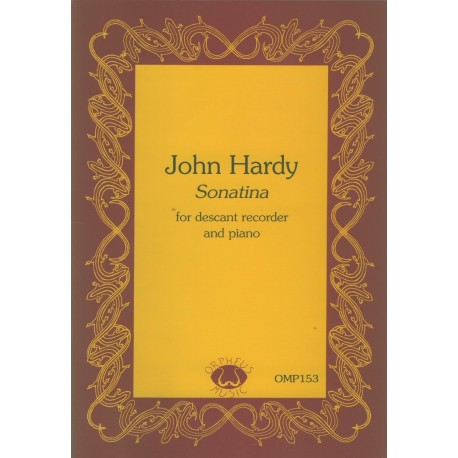




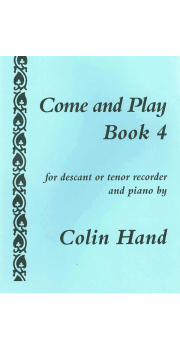
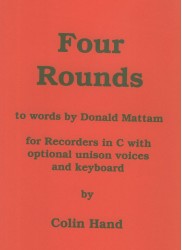
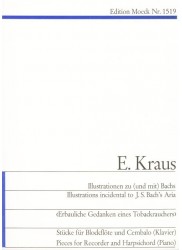
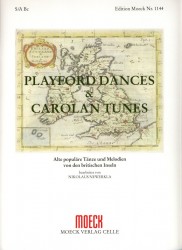
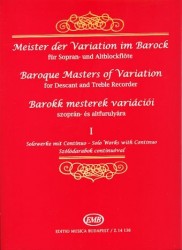
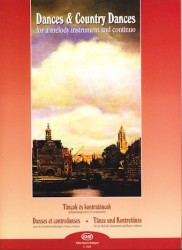
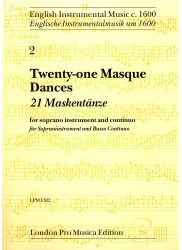
![Moon Time [Mondzeit]: 7 pieces for recorder and guitar](https://orpheusmusic.com.au/538-home_default/moon-time-mondzeit-7-pieces-for-recorder-and-guitar.jpg)
